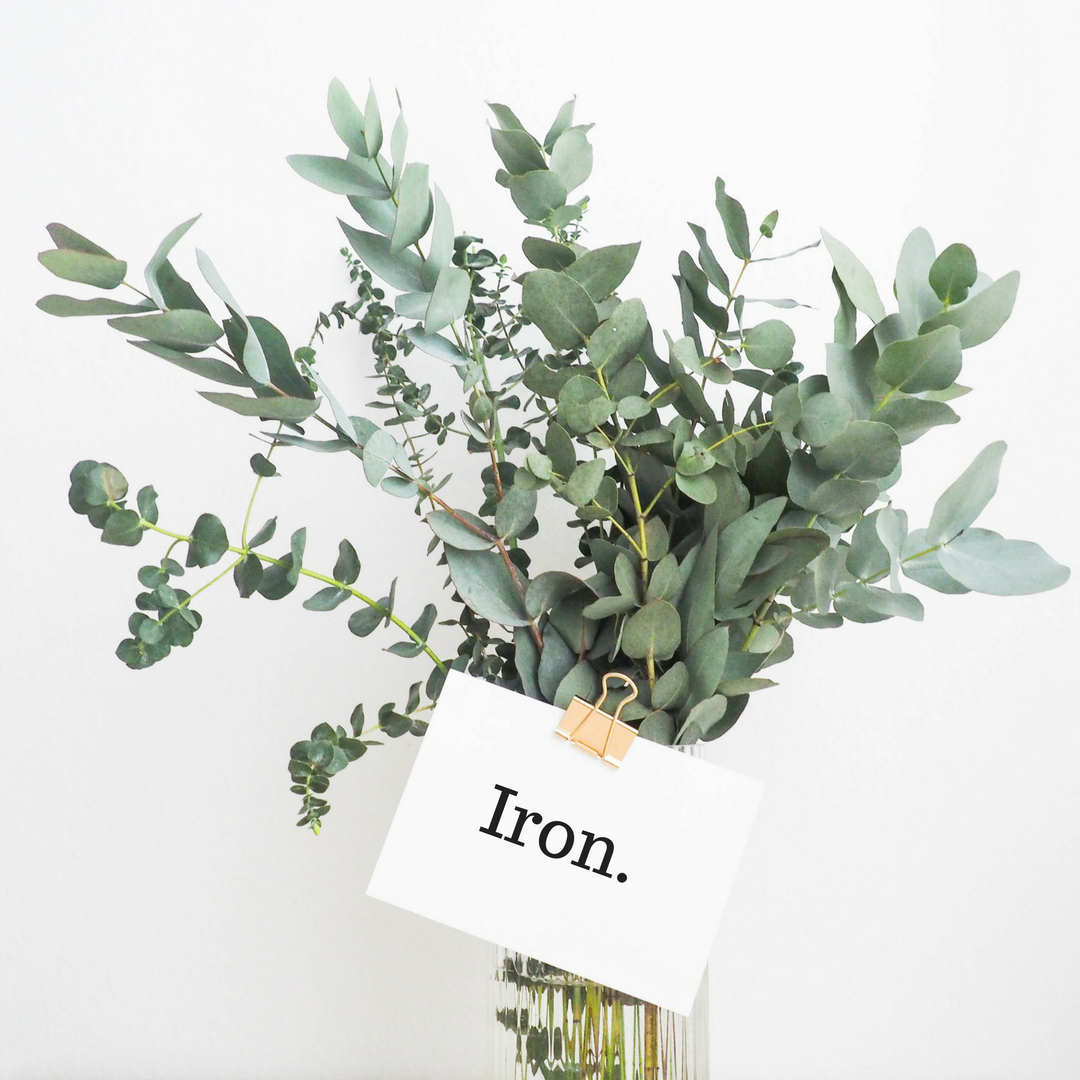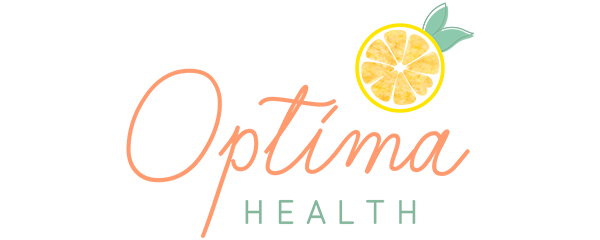Iron is the next edition in ‘The Foundation Series’. It plays an integral part in our daily functioning, particularly for females, and can be found in a variety of food products. Read on for more on all things iron.

What is iron?
Iron is chemical element identified by the symbol ‘Fe’. It is an essential mineral for humans and is required in certain amounts for optimal body function. By mass, iron is the most commonly found element on earth as it is an integral part of the earths inner and outer core. Iron is solid at room temperature and has a metallic appearance with a greyish tinge.
Why do we need it?
Iron is important for our energy, neurotransmitter synthesis, the formation of haemoglobin and it increases our resistance to stress and disease. In other words…it does A WHOLE LOT.
Deficiency signs.
Iron deficiency can present as fatigue, irritability, pallor, heart palpitations, constipation, shortness of breath, feelings cold, anaemia, foggy brain and/or decreased attention span and more.
Best food sources.
- Dried apricots (3 apricots = 5mg)
- Cooked amaranth (100g = 13mg)
- Lentils (1/2 cup cooked = 4mg)
- Cooked quinoa (1 cup = 4mg)
- 100g lean beef = 3mg
- Cooked spinach (1/2 cup = 3mg)
- Prune juice (1 cup = 3mg)
- Chia seeds (15g = 2.5mg)
- Cashews (30g = 2mg)
- Chicken (1 cup cooked = 1.3mg)
- Brown rice (1 cup cooked = 1mg)
- Egg (1 large = 1mg)
- Soy milk (250ml = 1mg)
- Tuna (100g = 1mg)
- Pumpkin and sunflower seeds (1T = 1mg)
There are also some specific inhibitors to be aware of with iron.
Calcium, from both supplements and dairy sources, can reduce iron absorption, although its mechanism is only suspected to be short term, thus long term supplements are unlikely to effect iron status to any major extent.
Phytates interfere with iron absorption in a dose-dependent fashion. Polyphenols also inhibit iron absorption, thus it is suggested that tea is consumed in between meals as opposed to with meals. Other sources of polyphenols include raspberries, dark chocolate, rye bread, plums and red grapes.
Lastly, vitamin A also helps to mobilise iron from storage sites within the body, so a vitamin A deficiency may exacerbate an iron deficiency.
How much do we need?
The Recommended Daily Intake (RDI) for iron for men/women under 50 years is 18mg/day and over 50 years is 8mg/day.
For teenage girls, iron is of particular importance due to the onset of menstruation, large growth spurts and subsequent expansion of blood volume, all of which increase an individuals iron requirements. The requirements are not often met by an increased dietary intake, hence, we are seeing more and more girls experiencing low iron stores and the symptoms that come with it.
Those who do a lot of running can also be at risk of iron deficiency. Foot strike leading to haemolysis and organ movement can all lead to excess iron losses within the body.
**I always recommend checking in with your healthcare practitioner and/or nutritionist if you feel like you before purchasing any supplements and/or if you feel like you would benefit from supplemental help. They can also guide you on how best to reach your RDI.
__________________________________________________________________________________
Check out the following editions of ‘The Foundation Series’ for more information.
The Foundation Series – Protein: The 411
The Foundation Series – Protein: Sources
The Foundation Series – Protein: Plant Protein Cheat Sheet
The Foundation Series – Carbohydrates: The 411
The Foundation Series – Fibre: The 411
The Foundation Series – Fat: The 411
The Foundation Series – Magnesium: The 411
The Foundation Series – Vitamin A: The 411

2Pingbacks & Trackbacks on The Foundation Series – Iron: The 411